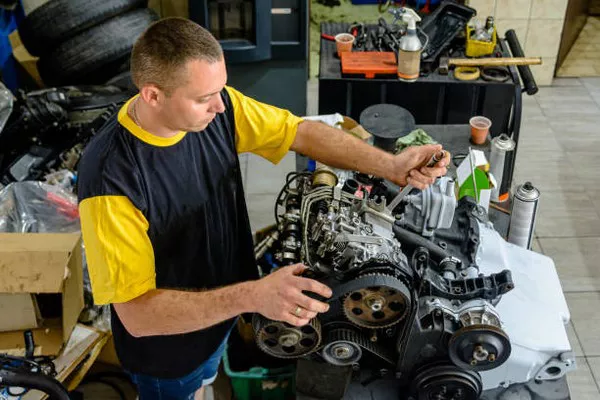The UK manufacturing sector has shown signs of recovery in May, with output experiencing its fastest expansion in over two years, fueled by increased intake of new work. This encouraging development comes from the latest seasonally adjusted S&P Global UK Manufacturing Purchasing Managers’ Index (PMI).
According to the PMI data, manufacturers’ optimism surged to its highest level since early 2022, with 63% of companies anticipating output growth in the coming year.
In May, the PMI climbed to 51.2, up from April’s 49.1, marking its highest reading since July 2022, albeit slightly below the earlier forecast of 51.3. Notably, the headline PMI has remained above the neutral 50.0 mark for two out of the last three months.
The upturn in manufacturing production was broad-based across sectors and company sizes, with all three product categories (consumer, intermediate, and investment goods) and all size definitions (small, medium, and large) witnessing concurrent expansions for the first time in over two years.
Improved intake of new work, stronger market conditions, and efforts to fulfill existing contracts drove the expansion in output. New business placed with UK manufacturers rose for the second time in the past three months, reaching the highest level since April 2022.
Despite the overall growth, demand was primarily driven by the domestic market, as new export orders declined for the 28th consecutive month. Several trading partners, including the US, the EU (specifically Germany and Poland), and the Middle East, reported reduced inflows of new work.
However, manufacturers remain cautiously optimistic about the future, citing hopes of continued economic recovery, promotional efforts, and improved export orders to support growth. Yet, concerns persist about political and economic uncertainties, both domestically and internationally, influencing decision-making processes.
Employment continued to decline for the 20th consecutive month, while inventories of finished goods and purchases were depleted. Input buying increased slightly in May, ending a 22-month sequence of reduced purchasing activity. However, suppliers’ delivery times lengthened for the fifth consecutive month, mainly due to transportation issues such as the ongoing crisis in the Red Sea.
Average input costs rose for the fifth successive month, albeit at a slower pace than in April, attributed to increased prices of chemicals, metals, paper, polymers, pulp products, and timber. While intermediate goods producers saw input prices rise at the quickest rate in almost one-and-a-half years, cost inflation eased sharply in the consumer goods category. The investment goods sector witnessed purchasing costs decrease for the first time this year.
Output price inflation accelerated to its highest level in a year, particularly in the consumer and intermediate goods sectors, although it eased for investment goods producers.
Maddie Walker, Industry X lead for Accenture in the UK, welcomed the industry’s return to growth, emphasizing the need for agility amidst political uncertainty. She highlighted the importance of critical investments to maintain the sector’s competitiveness, particularly in addressing high-power costs and meeting decarbonization targets.
Despite the positive outlook, Walker cautioned against complacency, urging manufacturers to remain vigilant amid ongoing challenges.

